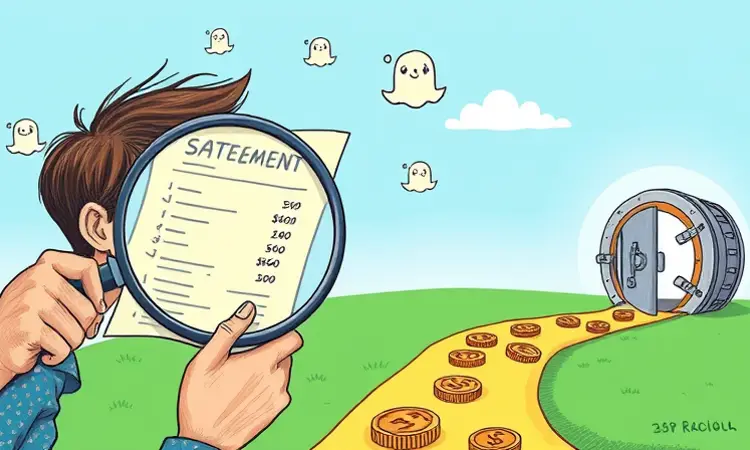Every day, bank customers face a hidden drain on their savings: the myriad of junk fees billed by banks that slip under the radar. Though each charge may seem minor, together they can cost individuals and businesses hundreds or even thousands of dollars each year.
By gaining clarity on these often-overlooked charges, you can take control of your finances and ensure that your hard-earned money stays in your pocket. This article will guide you through the common hidden banking fees and provide practical steps to eliminate them.
Understanding Hidden Banking Fees
Hidden banking fees, sometimes called “junk fees,” are charges levied for basic services or mishaps that banks seldom advertise. These can include fees for account inactivity, unexpected transaction costs, or penalties for dropping below arbitrary thresholds.
While small individually, these fees are designed to accumulate. Over a year, even a modest $15 monthly maintenance fee translates to $180, significantly reducing the potential growth of your account.
Common Types of Hidden Fees
Below is a summary of the most prevalent fees that customers often overlook, their normal ranges, and strategies to sidestep them:
This table highlights the fees most likely to affect day-to-day banking. Beyond these, you may also encounter charges for ACH transfers, bill pay services, digital access, and account inactivity.
Each bank’s fee schedule varies, so reviewing your institution’s fee disclosure is essential. Under the Truth in Savings Act, banks must provide transparent information about all account-related costs.
Practical Strategies to Minimize Fees
- Maintain a buffer above minimums: keep accounts above thresholds to prevent maintenance charges.
- Monitor your balance: Set up alerts or link to a secondary account for automatic transfers.
- Negotiate fees: Call customer service and negotiate a waiver with the bank when possible.
- Opt for no-fee accounts: Research institutions that signup for accounts with no fees or reimburse ATM charges.
- Consolidate transfers: Batch bill payments or ACH transfers to reduce per-transaction costs.
Exploring Alternative Banking Solutions
- Digital banks: Many online-only banks eliminate branch-related expenses and use digital banks or fintech solutions that pass savings to customers.
- Credit unions: Often member-focused, credit unions may offer lower fees and better terms.
- Fintech apps: Services designed for specific needs—like instant payments or savings goals—often have transparent fee models.
- Subscription-based accounts: For a small monthly fee, some providers offer unlimited transactions and ATM reimbursements.
Conclusion
Hidden banking fees can silently erode your financial health. By understanding common charges—from monthly maintenance to ATM surcharges—you can proactively curtail unnecessary expenses and redirect that money toward your goals.
Take action today: review your latest bank statement, compare fee schedules, and explore lower-cost alternatives. With a few strategic adjustments, you can safeguard your funds and enjoy peace of mind in your finances going forward.














